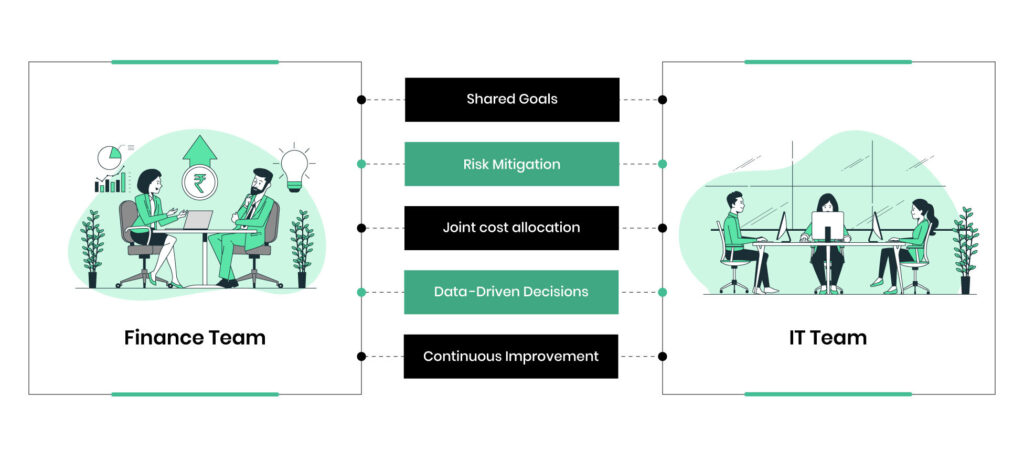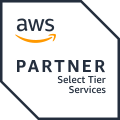Here’s How to Control Costs..
In today’s fast-paced business world, cloud computing has emerged as a powerful tool for scaling operations and driving innovation. However, without proper management, cloud costs can quickly spiral out of control, leading to significant financial waste. Businesses can lose their cloud spend on unused or underutilized resources if they aren’t vigilant. To help you make the most of your cloud investment and avoid unnecessary expenses, we’ve outlined some key strategies for effective cloud cost management.
Understanding the Cloud Waste Problem
Cloud waste refers to the inefficient use of cloud resources that results in unnecessary expenses. When businesses migrate to the cloud, they often provision more resources than they need, leading to over-spending. Common causes of cloud waste include:
- Unused Resources: Services or instances that are left running but are not being used.
- Over-Provisioned Services: Resources that are larger or more powerful than necessary for the actual workload.
- Inefficient Rightsizing: Under-provisioning can lead to performance issues and increased costs due to scaling up instances frequently Where over-provisioning results in paying for unused capacity.
- Underutilized data transfer: Inefficient data transfer practices between regions or within the cloud can incur unnecessary costs.
- Lack of cost optimization strategies: Absence of proactive cost-saving measures like reserved instances & savings plans..
- Security overprovisioning: Excessive security measures, such as over-provisioned security groups or unnecessary data encryption, can lead to increased costs.
Collaborate for Effective Cloud Cost Management

The successful management of cloud costs necessitates a strong partnership between finance and IT departments. Finance brings a critical perspective on budgetary constraints and the overall financial implications of cloud spending. They can establish clear cost limits and monitor expenditure closely, ensuring that cloud investments align with organizational goals. On the other hand, IT teams possess in-depth knowledge of cloud resource management and deployment. Understanding the cost implications of their decisions is paramount. By collaborating, these two departments can establish shared objectives and strategies for optimizing cloud resource utilization.
Regular communication is essential for effective collaboration. Jointly setting budgets, tracking expenses, and identifying cost-saving opportunities require open dialogue and information sharing. By working together, finance and IT can determine how cloud costs should be allocated across different departments or projects, ensuring fair chargeback and accountability. Furthermore, a collaborative approach helps mitigate potential cost risks. By combining financial expertise with IT insights, organizations can make data-driven decisions to optimize cloud spending. This includes identifying opportunities for rightsizing resources, leveraging reserved instances, and implementing other cost-saving measures.
Cultivating a culture of cost awareness throughout the organization is crucial. By fostering a shared commitment to efficiency, both finance and IT can work together to continuously review cloud spending, identify areas for improvement, and implement process changes to reduce costs. This ongoing collaboration ensures that cloud resources are utilized optimally, delivering maximum value while minimizing expenses. Ultimately, the synergy between finance and IT is essential for achieving effective cloud cost management. By aligning their efforts and leveraging their respective strengths, organizations can optimize cloud investments, reduce costs, and drive business growth.

Gaining Visibility into Cloud Spend
Visibility into cloud spending involves tracking and analyzing where your money is going. Key practices include:
- Tagging Resources: Applying labels (or tags) to cloud resources helps you track costs by different categories such as department, project, or business unit. This granularity provides insights into which areas are consuming the most resources and incurring the highest costs.
- Setting Budgets: Establishing budgets for different teams or projects helps prevent unexpected expenses. Cloud providers often offer budget management tools and alerts to notify you when spending approaches or exceeds set limits.
- Monitoring Tools: Utilize dashboards and reports provided by cloud service providers to monitor usage patterns and spending trends. These tools help you stay informed and make data-driven decisions.

Continuously Optimize Cloud Usage
Cloud optimization is an ongoing process that involves adjusting resources to better fit your needs. Key aspects include:
- Identifying Underutilized Resources: Regularly review your resources to find those that are not being used effectively. For instance, if a virtual machine (VM) is running at a fraction of its capacity, it’s an indication that it might be oversized.
- Rightsizing Resources: Adjust the size of your resources based on actual usage. For example, if you’re using a high-performance VM but only need a smaller one, resizing it can lead to significant cost savings.
- Review and Adjust: Periodically review your cloud usage and costs to ensure that your resources remain aligned with your current needs and budget.

Developer’s Role in Cost Optimization
App designers and developers are crucial in controlling cloud expenses. By incorporating cost awareness into the development process, substantial savings can be realized. This includes making well-informed choices regarding code refinement, resource allocation, and system design.
Streamlined code can significantly affect both performance and costs. Enhancing code for efficiency and speed reduces processing time and resource usage. Furthermore, judiciously choosing the right resources based on workload needs avoids overprovisioning. Adopting serverless or container-based architectures can also optimize expenses by matching resource utilization with actual demand, eliminating the necessity for idle servers.

Leverage Automation for Cost Efficiency
Automation can greatly enhance cloud cost management by reducing manual effort and minimizing errors. Key automation strategies include:
- Auto-Scaling: Set up auto-scaling policies that automatically adjust the number of instances based on demand. This helps in efficiently managing resources during peak and off-peak times.
- Scheduled Resource Management: Automate tasks such as turning off resources during non-business hours to avoid paying for unused capacity.
- Automated Alerts and Actions: Use automated alerts to notify you of unexpected cost increases or resource usage. Automated actions can then be triggered to address these issues promptly.
Partnering with Simelabs for Expert Cloud Solutions
To further enhance your cloud cost management, we are excited to announce that Simelabs is now an Amazon partner. As your solution partner, Simelabs is dedicated to providing expert guidance and support for optimizing your cloud environment. Our partnership with Amazon enables us to leverage advanced tools and resources to deliver tailored solutions that meet your specific needs.
In addition to our expertise with Amazon Web Services, Simelabs also has extensive experience with Google Cloud Platform and Microsoft Azure. This multi-cloud proficiency allows us to offer comprehensive support across different cloud environments, ensuring that you receive the best solutions tailored to your requirements. Whether you need assistance with cloud migration, cost optimization, or ongoing management, Simelabs is here to help you maximize the value of your cloud investment while keeping costs under control.
Effective cloud cost management is essential for maximizing the value of your cloud investment and avoiding unnecessary expenses. By understanding the cloud waste problem, fostering collaboration between finance and IT teams, gaining visibility into spending, continuously optimizing resources, and leveraging automation, you can keep your cloud costs under control and ensure that your cloud resources are being used efficiently.
Implementing these strategies will not only help you avoid financial waste but also enable you to make the most of your cloud computing capabilities. With Simelabs as your partner, you can navigate the complexities of cloud cost management with confidence and achieve greater efficiency and cost savings.

Need expert cloud solutions?
Contact us for a consultation.
